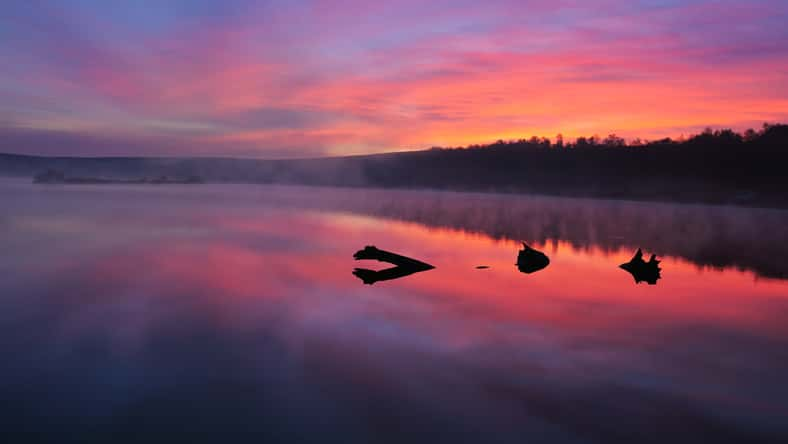A New Fossil Discovery Suggests That The Loch Ness Monster May Have Existed In Real Life

The Loch Ness Monster, also known as “Nessie,” has intrigued the public for centuries. The earliest reference to the mythical creature was written in a seventh-century biography of Saint Columbia, an Irish missionary.
And since then, the phenomenon has completely fascinated popular media– prompting countless movies, television series, and comic books.
But, a new discovery made by researchers from the University of Portsmouth and the University of Bath in the U.K. has suggested that the monster may have really existed.
The team discovered small plesiosaur fossils in an ancient river system of what is now the Morocco region of the Sahara Dessert.
Plesiosaurs are an extinct, long-necked reptile that the scientists believe may have roamed the ancient river one hundred million years ago.
The discovery also shed light on marine reptiles’ ancient habitats. They were previously believed to be saltwater sea creatures. But, this finding suggests that marine reptiles could have also thrived in freshwater.
“We do not really know why the plesiosaurs were in freshwater. It’s a bit controversial, but who is to say that because we paleontologists have always called them ‘marine reptiles’ that they have to live in the sea? Lots of marine lineages invaded freshwater,” explained Dr. Nick Longrich, one of the paper’s authors.
The plesiosaur fossils found included the bones and teeth of adults and one bone from a baby. The adults were nine feet long, while the baby was about five feet long.
Plus, other plesiosaur fossils have been discovered in Africa, Australia, England, North America, and China.

Andrew Mayovskyy – stock.adobe.com – illustrative purpose only, not the actual person
Sign up for Chip Chick’s newsletter and get stories like this delivered to your inbox.
Nonetheless, while these findings are suggestive for Loch Ness Monster fans around the globe, other records have indicated that plesiosaurs became extinct sixty-five million years ago at the same time as the dinosaurs.
So, this fact largely rules out the possibility of plesiosaurs being the modern creature many dubbed The Loch Ness Monster.
To read more about the fossil discovery, you can visit the study published in Cretaceous Research linked here.
If true crime defines your free time, this is for you: join Chip Chick’s True Crime Tribe.
This Woman Booked An Airbnb In Bali That Turned Out To Be An Abandoned Building
This Study Confirmed That Imposter Syndrome Is Real And Can Be Detrimental To Mental Health
More About:Human Interest





